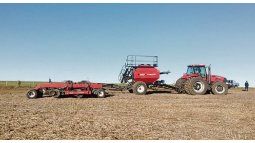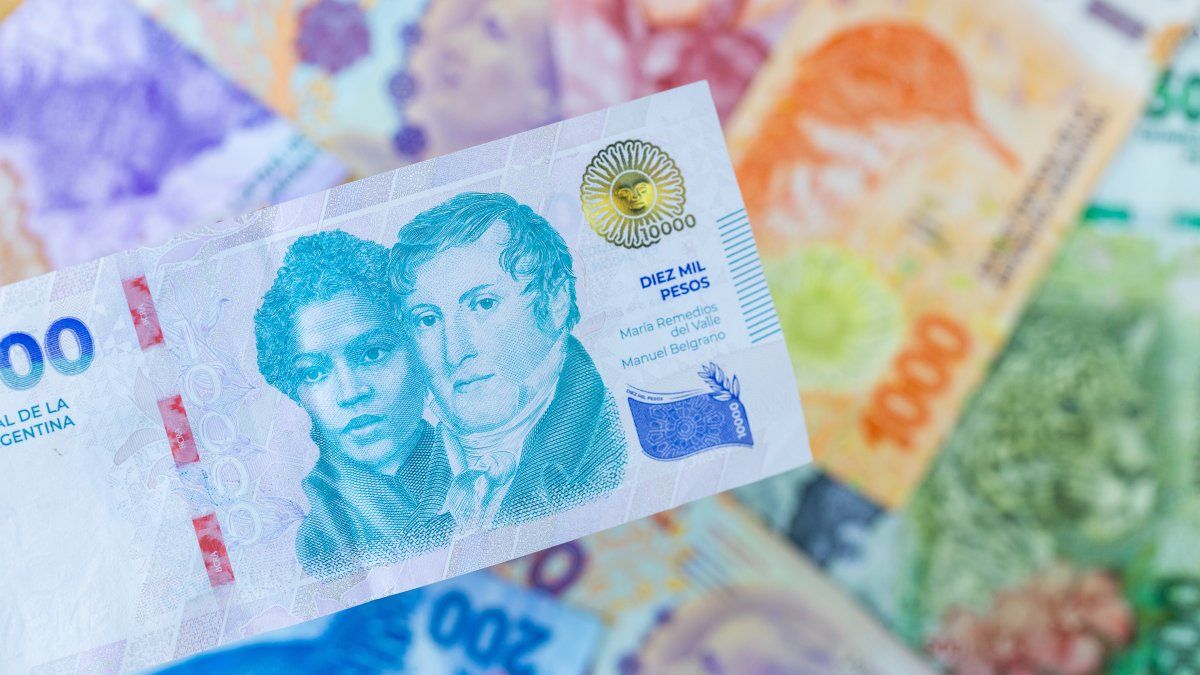In two months, imports in yuan for US$2 were approved. 400 million, almost half of the first tranche of the swap. Economy studies giving greater facilities for imports that are processed in yuan.
in the middle of the criticism from business chambers for imports, The Government accelerates the use of yuan from the swap with China in the face of a shortage of dollars. He Ministry of Economywhich heads Sergio Massaapproved in two months operations for US$2.4 billion, almost half of the first tranche of the swap. Almost 4,000 companies have already used it and the main use was capital goods, parts and accessories, according to data released by the Ministry of Domestic and Foreign Tradewhich leads Matias Tombolini. The official projection is that the entire swap, of US$10,000 million, could be used.
The content you want to access is exclusive to subscribers.
At the end of April, Massa announced that Argentina was going to start paying for imports from China in yuan and not in dollars. Since then, This operation was authorized to 3,852 companies: 366 large, 534 medium and 2,975 small. Although the vast majority were SMEs, large companies led the way in terms of foreign currency: they had authorizations for US$1,535 million, medium-sized ones for US$565 million, and small ones for US$381 million.


Thus, when dealing with approvals for US$2,481 million, it is equivalent to nearly half of the first tranche of the $5 billion unrestricted swap which was approved at the beginning of 2023. In any case, at the moment these are authorizations, so the currencies have not yet been used, given that companies have to finance themselves through the SIRA import system and wait a period of time until they agree to payment.
Regarding economic uses, head goods and accessories for capital goods ($944 million), and then capital goods ($867 million). This is the item that has aroused the greatest number of complaints in recent weeks by business chambers due to financing terms that reached 365 days. Then, it was followed in approvals: intermediate goods ($439 million), consumer goods ($229 million), motor vehicles ($2.2 million), fuels and lubricants ($101,421) and the rest of US$3061.
At this rate, the first tranche of the swap would be completed in the coming months, given that Argentina has a trade deficit with China of around US$8 billion per year. However, on the China tour, Massa agreed another tranche of US$5,000 million freely available. Although what was signed between the Argentine and Chinese Central Bank is confidential, official sources assured that the interest rate is 5%, below that of the IMF, if one takes into account that Argentina pays surcharges.
In the Palacio de Hacienda they project that the swap could be used in its entirety. Although the official discourse is that it could be used to intervene in the exchange market, the truth is that it should be used for deficit trade and the payment of commercial debts that companies have. In any case, for the Central Bank these uses would imply a relief in the low reserves in dollars.
To promote the use of yuan, Economy works in greater facilities in cases where this currency is used. The dollar advance of US$50,000 that SMEs can access to import could rise when SIRAs are issued in Chinese currency. Besides, financing terms could be cut in half: 90 days for large companies, and 45 days for medium-sized ones. In the government they hope that the yuan can be used not only with China, but “with other countries that accept them.”
Source: Ambito




